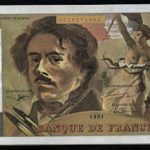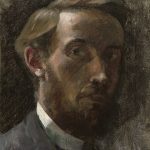From Susan Jacobsen,
Artists in Paris is an open-access digital humanities and art history project that maps hundreds of 18th-century artists’ homes and studios. This website’s database contains an entry for 471 artists. All of these artists were “members of the French Royal Academy of Painting and Sculpture (Academie Royale de Peinture et de Sculpture) between 1675 (when comprehensive address records began) and 1793 (when the Academy was disbanded during the French Revolution).” While it’s possible to search by artist name, drawing on personal knowledge of French 18th-century painters and sculptors, there is a handy Guide section that explains how to get the most out of the resource. Perhaps the easiest way to start using Artists in Paris is to filter by year, which produces color-coded markers on the map indicating addresses where artists lived. The color of the marker indicates the type of artist, such as history painter, engraver, or landscapist. Clicking on the markers displays information about the corresponding artist. For example, when filtering for 1778 there are 10 green markers indicating portrait painters, including Alexandre Roslin (1718-1793), who lived at four different addresses in Paris during his career. The principal investigator of the project is Hannah Williams, and the website was built by Chris Sparks. [DS]
Here is a link to the database: Artists in Paris


